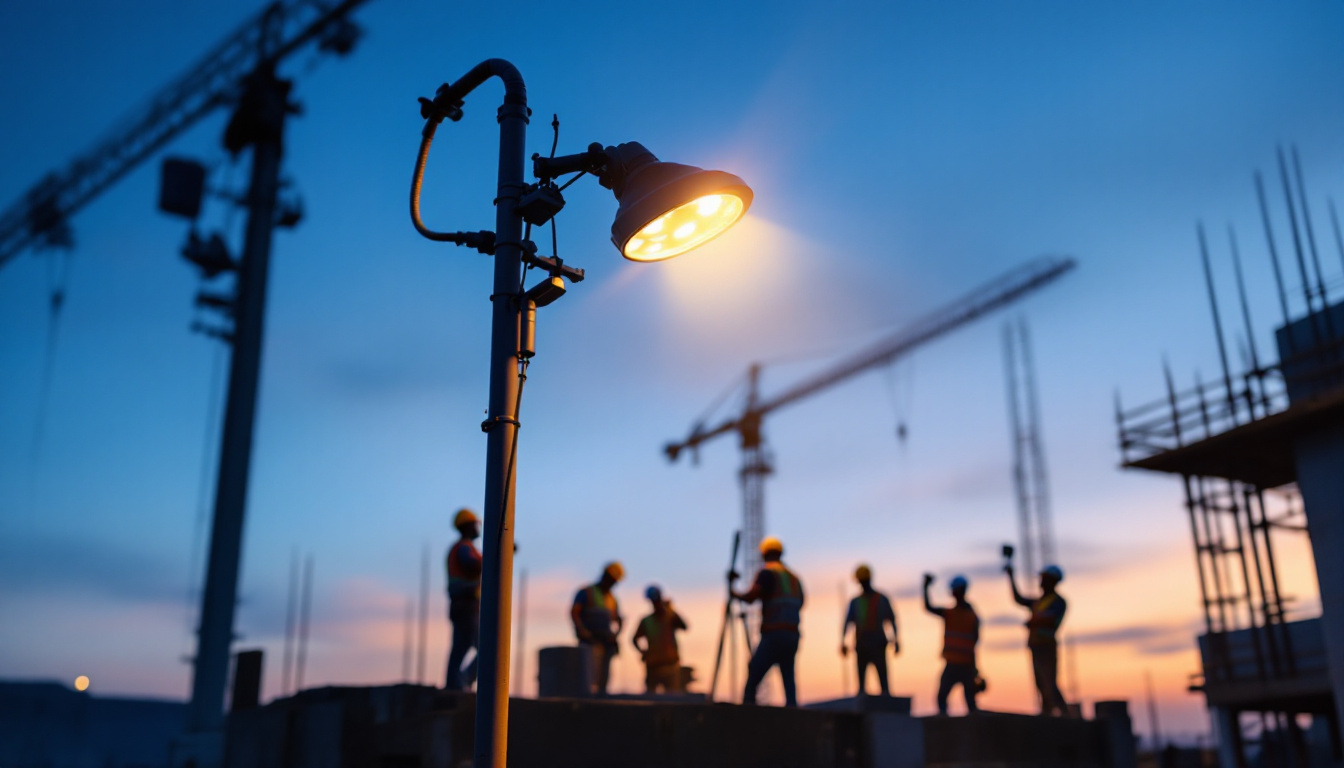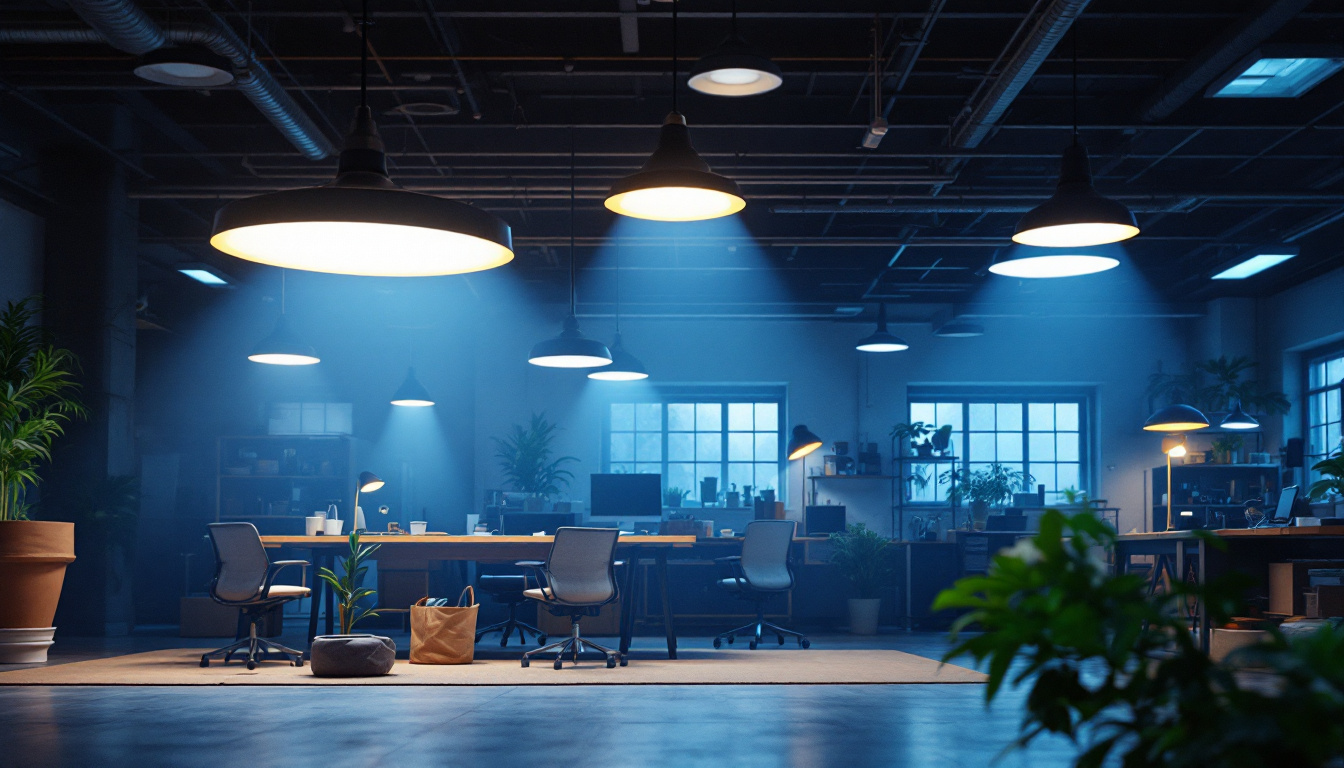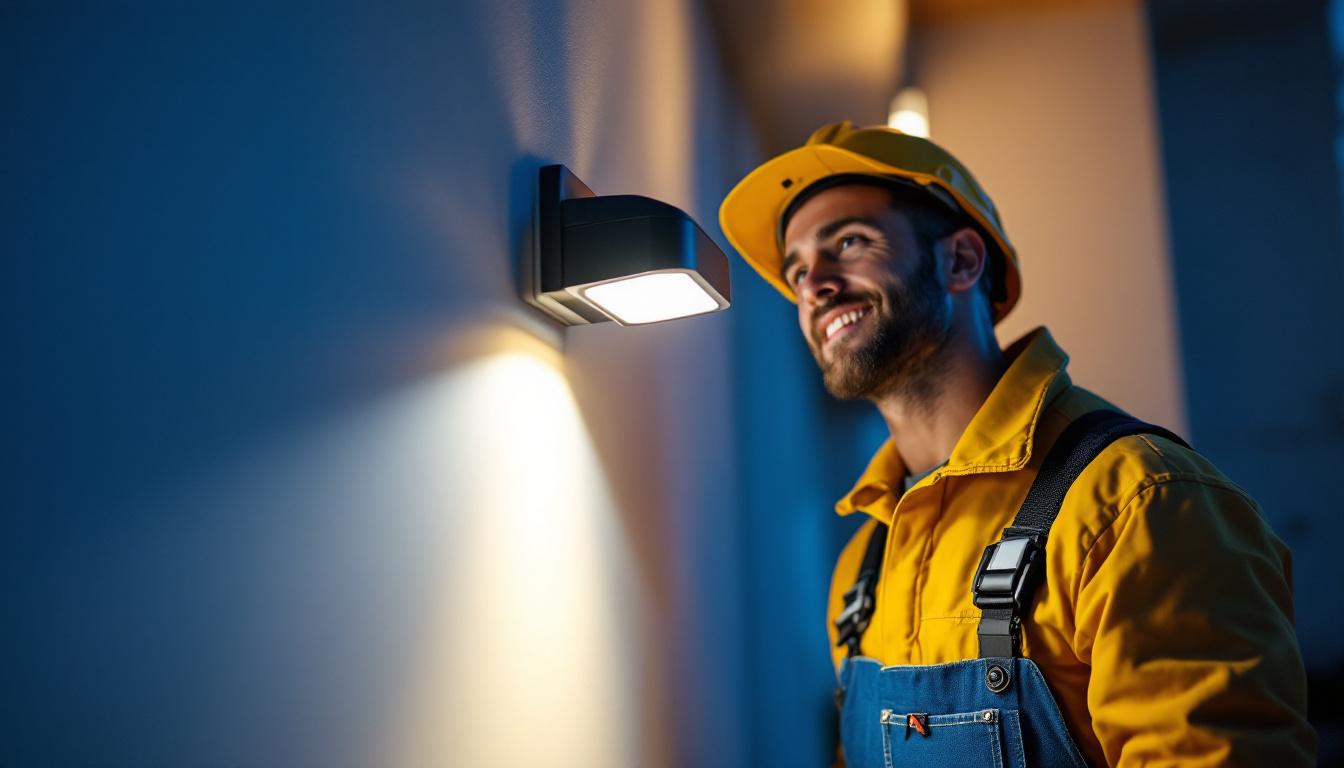
For lighting contractors, understanding the nuances of shop lights is crucial for delivering quality installations that meet client needs. Lowes offers a diverse range of shop lights, each designed to cater to various environments and requirements. This handbook provides an in-depth look at the options available, installation tips, and best practices for maximizing the effectiveness of shop lighting.
Shop lights are essential in various settings, from garages and workshops to retail spaces and warehouses. They provide the necessary illumination for tasks, ensuring safety and efficiency. Understanding the different types of shop lights available at Lowes is the first step in selecting the right fixtures for specific projects.
Lowes offers several types of shop lights, each with unique features. The most common include fluorescent, LED, and incandescent lights. Fluorescent lights are known for their energy efficiency and long lifespan, making them a popular choice for large areas. LED lights, on the other hand, have become increasingly favored due to their superior energy efficiency, longevity, and versatility in design. Incandescent lights, while less common in modern installations, still have applications in specific scenarios. For instance, they are often used in spaces where immediate brightness is needed, as they reach full illumination instantly, unlike some other types that may take time to warm up.
When selecting shop lights, several key features should be considered. Lumens, which measure brightness, are crucial in determining how well a space will be illuminated. Color temperature, measured in Kelvins, affects the ambiance of the lighting; warmer tones create a cozy atmosphere, while cooler tones are more suited for task-oriented spaces. Additionally, the fixture’s design, including its size and mounting options, can impact both functionality and aesthetics. It’s also important to consider energy ratings and potential savings on electricity bills, especially with the shift towards more sustainable lighting solutions. Many LED options now come with dimmable features, allowing for customizable brightness levels that can adapt to different tasks or moods, enhancing both productivity and comfort in the workspace.
Another significant aspect to consider is the durability and construction of the shop lights. For environments that may expose lighting fixtures to dust, moisture, or physical impact, selecting lights with robust housing and appropriate IP ratings (Ingress Protection) is essential. This ensures that the lights can withstand the rigors of a workshop or garage setting without compromising performance. Additionally, many modern shop lights come equipped with smart technology, allowing users to control them remotely or integrate them into home automation systems. This feature not only adds convenience but also enhances energy management by enabling users to turn off lights when not in use, further contributing to energy savings and environmental responsibility.
Selecting the appropriate shop light involves assessing the specific needs of the space and the tasks being performed. A well-lit environment can enhance productivity and safety, making this decision paramount for contractors.
Before choosing a shop light, it is essential to evaluate the space where the lighting will be installed. Consider the size of the area, the height of the ceiling, and the nature of the work being done. For instance, a large warehouse may require high-output fixtures to ensure adequate illumination, while a smaller workshop might benefit from adjustable lights that can be directed where needed. Additionally, factors such as the color of the walls and the presence of windows can significantly influence how light is perceived in the space. Light colors can reflect more illumination, while darker shades may absorb it, necessitating a more robust lighting solution to achieve the desired brightness.
Different tasks require different lighting solutions. For example, detailed work such as woodworking or automotive repairs may necessitate brighter, focused lighting, while general storage areas may only require ambient lighting. Understanding the specific requirements of each task will guide the selection process and ensure optimal outcomes. Moreover, the use of adjustable lighting options, such as LED work lights with varying brightness settings, can provide versatility for multi-functional spaces. This adaptability allows for quick adjustments based on the task at hand, whether it’s intricate assembly work that demands precision or broader illumination for general maintenance tasks. Furthermore, incorporating task lighting alongside ambient lighting can create a layered lighting effect, enhancing both functionality and comfort in the workspace.
Proper installation is crucial for maximizing the effectiveness of shop lights. This section outlines essential tips that lighting contractors should consider during the installation process.
Before installation, it is vital to plan the layout of the lights. This includes determining the optimal placement to eliminate shadows and ensure even distribution of light. Using a grid pattern can be effective in larger spaces, while strategic placement in smaller areas can enhance functionality. Additionally, considering the height at which lights are mounted can significantly influence their performance. For instance, mounting lights too high may lead to insufficient illumination on work surfaces, while too low can create glare and discomfort. Therefore, it is advisable to measure the height of workbenches and other key areas to find a balance that maximizes both visibility and comfort.
Furthermore, incorporating adjustable or movable fixtures can add versatility to your lighting setup. In areas where tasks may vary, such as workshops or garages, having the ability to direct light where it is needed most can dramatically improve work efficiency. Utilizing dimmable lights can also provide flexibility, allowing users to adjust the brightness based on the task at hand or the time of day, thus enhancing the overall functionality of the space.
Understanding the electrical requirements of the chosen shop lights is essential for a successful installation. Ensure that the circuit can handle the load of the new fixtures and that all wiring is up to code. It may be necessary to consult with an electrician to ensure safety and compliance with local regulations. Additionally, consider the type of bulbs being used; LED lights, for example, are energy-efficient and have a longer lifespan compared to traditional incandescent bulbs, making them a popular choice for shop environments.
Moreover, it is important to think about the placement of switches and outlets during the installation process. Positioning switches at convenient locations can save time and effort when turning lights on and off, especially in larger workshops. Installing additional outlets near workstations can also facilitate the use of power tools and other equipment without the need for cumbersome extension cords. This not only enhances safety by reducing tripping hazards but also contributes to a more organized and efficient workspace.
Routine maintenance practices include cleaning fixtures to remove dust and debris that can impede light output. Additionally, checking for loose connections and replacing burned-out bulbs promptly can prevent larger issues down the line. Keeping a maintenance log can also help track the performance and lifespan of each fixture.
Contractors may encounter various issues with shop lights, such as flickering or dimming. These problems can often be traced back to electrical issues, such as loose wiring or faulty switches. In some cases, it may be necessary to replace the entire fixture. Understanding these common issues and their solutions can save time and ensure client satisfaction.
As energy efficiency becomes increasingly important, selecting shop lights that align with sustainability goals is essential. Lowes offers a range of energy-efficient options that not only reduce electricity costs but also contribute to a more sustainable environment.
LED lighting stands out as one of the most energy-efficient options available. Compared to traditional incandescent bulbs, LEDs use significantly less energy and have a longer lifespan, resulting in reduced waste and lower energy bills. Additionally, many LED products are designed to be recyclable, further enhancing their sustainability profile.
Many regions offer incentives for installing energy-efficient lighting solutions. These can include rebates, tax credits, or grants that can offset the initial costs of installation. Contractors should stay informed about available incentives to provide clients with comprehensive options that align with their budget and sustainability goals.
Educating clients about the benefits and features of different shop lights can enhance their overall satisfaction and trust in the contractor’s expertise. Providing ongoing support and resources can also foster long-term relationships.
Offering clients resources such as brochures or links to informative websites can help them understand their options better. This can include details about energy efficiency, maintenance tips, and the benefits of different lighting types. By empowering clients with knowledge, contractors can facilitate informed decision-making.
After installation, providing clients with post-installation support can enhance their experience. This may include follow-up visits to ensure satisfaction, answering any questions, or addressing concerns that may arise. Such support can lead to repeat business and referrals, ultimately benefiting the contractor’s reputation.
Lowes shop lights offer a wide array of options for lighting contractors, catering to various needs and environments. By understanding the types of lights available, making informed selections, and ensuring proper installation and maintenance, contractors can deliver exceptional results that meet client expectations. Emphasizing energy efficiency and providing ongoing support will not only enhance client satisfaction but also contribute to a more sustainable future.
In the ever-evolving world of lighting, staying informed about the latest trends and technologies is paramount. By leveraging the resources available at Lowes and continuously educating oneself about the industry, lighting contractors can position themselves as trusted experts in their field.
Ready to elevate your lighting game? Look no further than LumenWholesale for all your shop light needs. As a lighting contractor, you understand the importance of quality and value. That’s why we offer an extensive selection of spec-grade lighting products at unbeatable wholesale prices, directly to you. Say goodbye to inflated markups and hello to reliable, high-performance lighting that meets the highest industry standards. Plus, with free shipping on bulk orders, you can stock up on premium lighting without the hassle of hidden fees. Make the smart choice for your next project and experience the perfect blend of quality, affordability, and convenience. Discover Wholesale Lighting at the Best Value today and light up your workspaces with confidence.

Discover how outdoor security lamps are revolutionizing the lighting industry and becoming essential tools for contractors.

Explore how industrial LED light fixtures are revolutionizing modern lighting solutions with their energy efficiency, durability, and sleek design.

Explore the pros and cons of post lights solar systems versus traditional alternatives in this insightful guide for lighting contractors.

Discover how motion detected light systems boost lighting contractors’ profits by reducing energy costs, enhancing safety, and increasing client satisfaction.